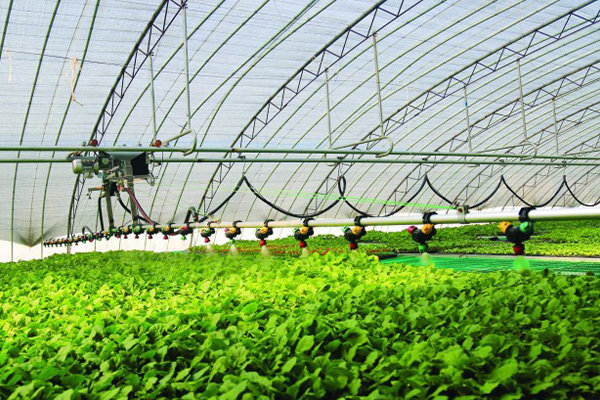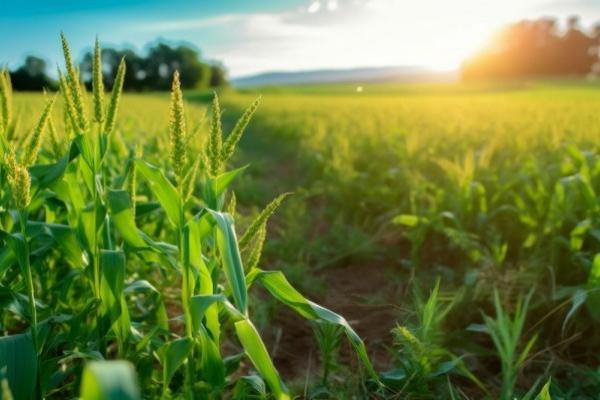What are the main components and characteristics of pesticide emulsifiers?
Release Time:
Aug 27,2024
Surfactant is the main component of pesticide emulsifier, it can form a film at the oil-water interface, reduce the interfacial tension, so that pesticide particles can be evenly dispersed in water. Surfactants also have wetting, permeating and dispersing effects, which can improve the adhesion and absorption of pesticides on plant surfaces.
1. Surfactants
Surfactant is the main component of pesticide emulsifier, it can form a film at the oil-water interface, reduce the interfacial tension, so that pesticide particles can be evenly dispersed in water. Surfactants also have wetting, permeating and dispersing effects, which can improve the adhesion and absorption of pesticides on plant surfaces.
2. Additives
Additives are auxiliary components in pesticide emulsifiers, which are used to regulate the stability and performance of emulsifiers. Common auxiliaries include thickeners, stabilizers, preservatives, etc. These additives can enhance the viscosity of the emulsion, prevent delamination and precipitation, and maintain the stability of the emulsion. At the same time, the additives can also improve the temperature resistance and light resistance of the emulsion, and extend the shelf life of pesticide preparations.
3. Emulsified oil
Emulsified oil is an important component of pesticide emulsifiers, which can cooperate with surfactants to form stable emulsions. The emulsified oil has good dispersibility and stability, which can evenly disperse the active ingredients of pesticides in the emulsion, and improve the application effect of pesticides. At the same time, emulsified oil can also improve the wettability and permeability of pesticides, and enhance the control effect of pesticides on plant diseases and insect pests.
Key words:
Recommended News




